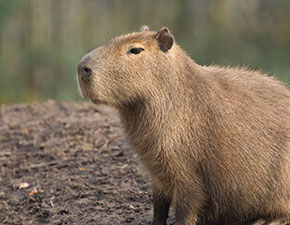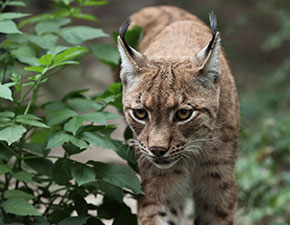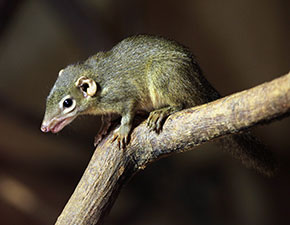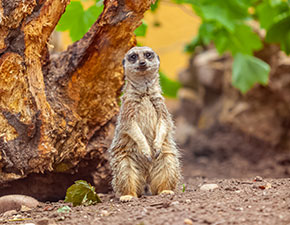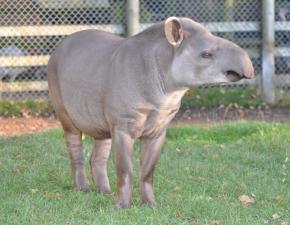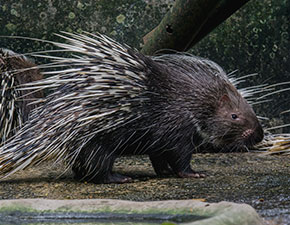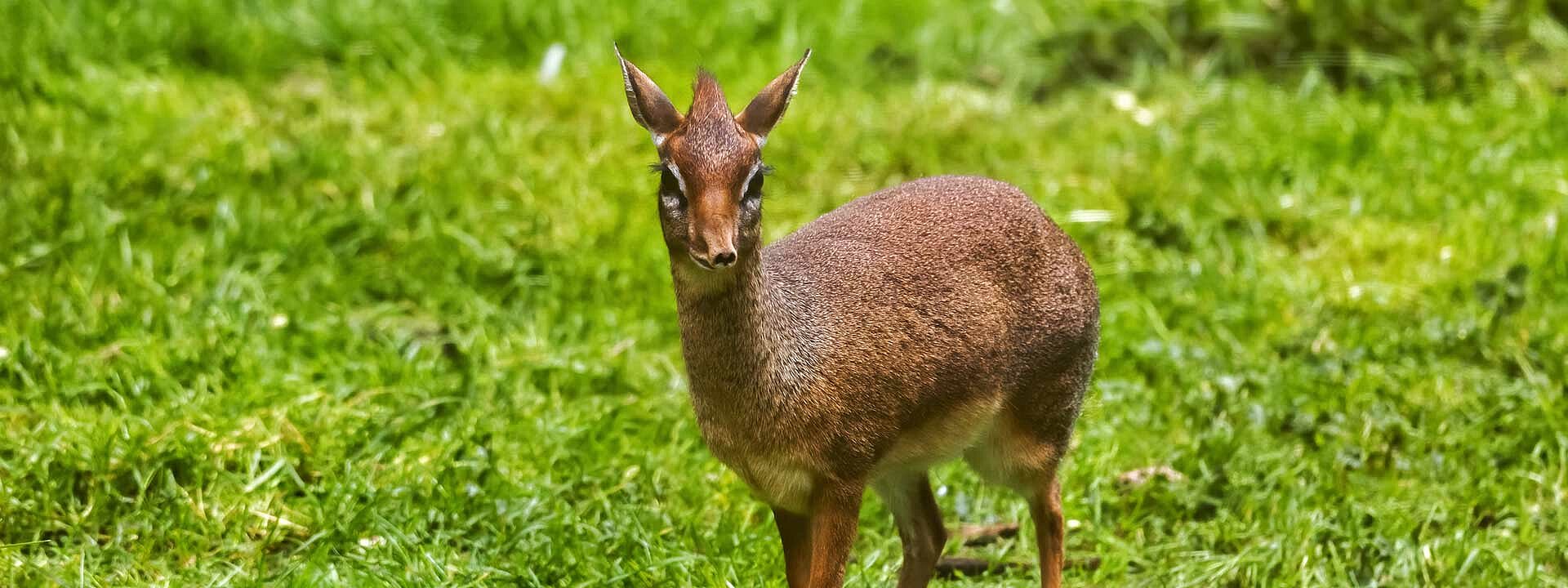
Kirk's Dik Dik
Madoqua kirkii
IUCN red list status:
Least Concern
For more informations, please visit iucnredlist.org

Dik diks live in East and Southern Africa, and live 3-4 years in the wild -surpassing 10 in captivity.

They are Herbivorous; consuming leaves, buds, shoots, grasses and fruits.

Residing amongst arid habitats, from dense thorn scrub to open woodland. They hide and feed from the heavy shrubbery.

Dik dik breeding pairs mate for life, with breeding occurring twice yearly bearing 1 offspring each time after a gestation period of 169-174 days.
Kirk's Dik Dik
About the Dik Dik
Kirk’s Dik diks grow to a maximum size of 40cm, making them one of the smallest species of antelope in the world. Kirk’s dik-diks are native to North East Africa and conservationists say they mark their territory with fluid from glands between their toes and just under their eyes, not dissimilar to tears.
They are active during the day and night, alternating periods of feeding and resting. Dik diks rest in shade during the hottest part of the day and have a specialized nose which helps them keep cool in hot, arid habitats. Kirk’s Dik-diks can live without drinking water, although they will drink if they have the opportunity.
Did you know?
There are four known species of dik-dik, and as their physical appearance may resemble miniature deer, they’re actually a species of dwarf antelope. Their name ‘dik-dik’ refers to the call females use to alarm others when startled, whilst running and jumping in zigzag motioned leaps to confuse and avoid predators.
